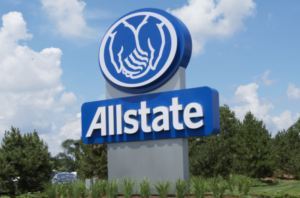'Complex' cyclone pool can't be rushed

‘Complex’ cyclone pool can’t be rushed
28 November 2022
Northern Australia cyclone reinsurance pool complexities are preventing insurers joining more quickly, insurers have told a federal parliamentary committee inquiry.
Insurers say the Australian Reinsurance Pool Corporation (ARPC) cover has to fit around existing commercial arrangements, which need to be adjusted, while other systems changes are also required.
“It’s a very complicated scheme that’s being brought into effect and it’s being done relatively quickly,” Insurance Council of Australia CEO Andrew Hall told the committee. “The Flood Re insurance scheme for example in the UK took five years to come to fruition.”
New data collection and processes need to be put in place ahead of joining, with larger insurers given until the end of next year to place relevant risks into the pool, while smaller insurers have an additional 12 months.
“Setting all of that up is quite complicated and we want to get that right,” IAG EGM Product, Pricing and Governance Intermediated Insurance Christa Marjoribanks told the committee. “That’s why we can’t really rush into it, but we’re doing a huge amount of work.”
IAG and RACQ both told the committee they were likely to join the pool later next calendar year, Allianz confirmed that it would be joining from January 1, while QBE said it was currently working through pricing.
“We’ll be looking to conclude that work early in the new year, mindful that we need to be in well before the end of next year, so we expect to be progressively entering the pool throughout next year,” QBE Asia Pacific Chief Underwriting Officer Andrew Ziolkowski said.
Revised modelling recently released by the ARPC shows average savings in the highest risk areas of 32% for home and 13% for SMEs. Across Northern Australia it sees average savings of 13% for home, 10% for SME and 37% for strata, while across a broader area the savings are 6% for home.
See Analysis.





